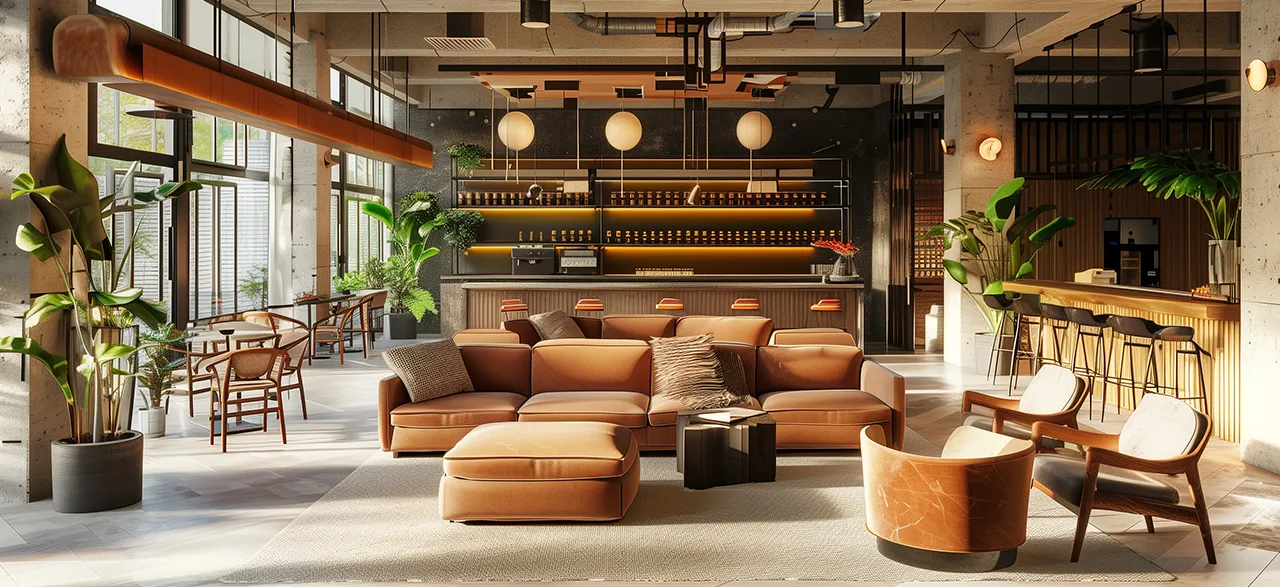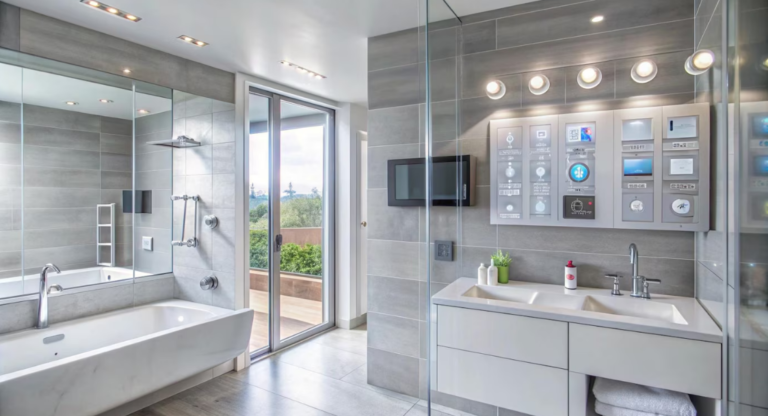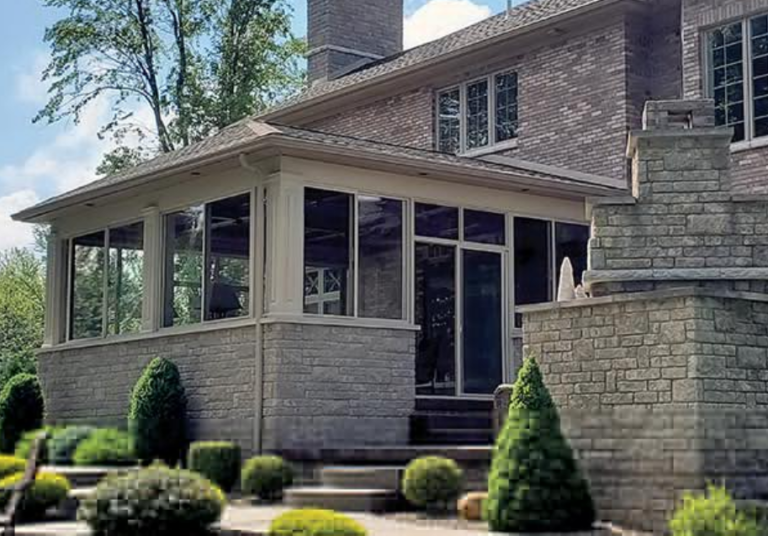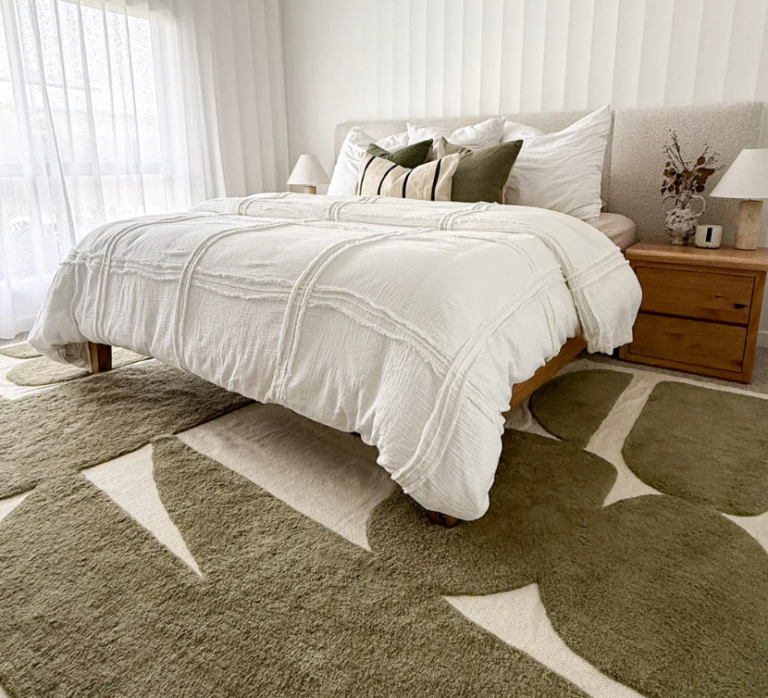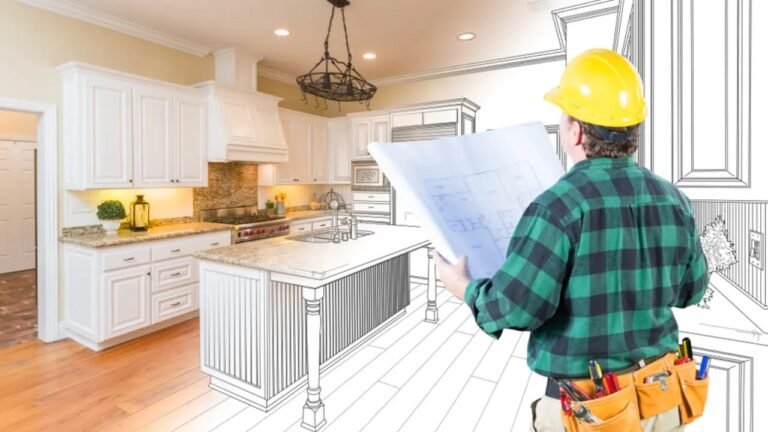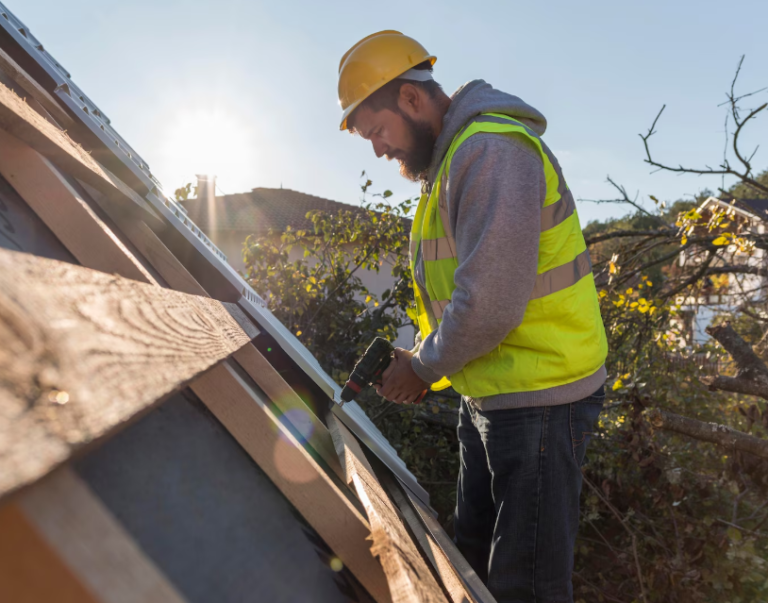Procurement’s Impact on Multifamily Amenity Spaces
Introduction
In today’s competitive multifamily housing market, residents expect more than just a comfortable apartment—they look for modern, functional, and attractive shared spaces that enhance their lifestyle. From fitness centers and lounges to rooftop decks and coworking hubs, amenity spaces are now a critical component of a building’s appeal and long-term success. However, behind the polished look of these areas lies a strategic and highly detailed process that begins with FF&E procurement.
FF&E—furniture, fixtures, and equipment—procurement plays a central role in shaping the aesthetics, functionality, and durability of multifamily amenity spaces. It involves selecting, sourcing, budgeting, and managing the installation of all movable and fixed items that bring these environments to life. Done well, it enhances tenant satisfaction, supports brand consistency, and contributes to long-term cost savings. This article explores how FF&E procurement affects amenity spaces and why it’s crucial for developers, property managers, and designers to get it right.
The Rising Importance of Amenity Spaces in Multifamily Living
Amenity spaces are no longer an optional luxury—they are an expectation. In cities and suburban markets alike, prospective tenants often compare properties based on the quality and variety of shared spaces. Whether it’s a dog wash station, a tech-enabled lounge, or a serene yoga studio, these spaces provide a tangible lifestyle benefit that sets one property apart from another.
They also serve as valuable retention tools. Residents who use and enjoy communal areas are more likely to renew leases, recommend the building to others, and feel a sense of community. As such, the design and execution of amenity spaces can directly influence occupancy rates and NOI (Net Operating Income).
What FF&E Procurement Involves?
FF&E procurement goes far beyond choosing stylish chairs and tables. It requires a coordinated strategy that aligns with the building’s branding, design intent, durability needs, and budget. Professionals involved in the procurement process must balance multiple considerations such as lead times, vendor relationships, sustainability goals, and compliance with codes and standards.
At its core, FF&E procurement includes:
- Developing an FF&E schedule that defines items, specifications, quantities, and finishes
- Sourcing and negotiating with vendors or manufacturers
- Managing logistics, delivery, and warehousing
- Overseeing installation and ensuring quality control
Because these items are among the most visible and tactile parts of a project, their impact on resident perception is immediate and long-lasting.
Design Cohesion and Brand Identity
One of the biggest impacts of FF&E procurement on amenity spaces is the ability to reinforce a property’s brand identity. In multifamily developments, brand consistency is increasingly important—not just in marketing but in physical experience. A cohesive look and feel across all shared spaces make the building feel curated, intentional, and premium.
FF&E items like lighting fixtures, case goods, seating, and art installations help tell a story. A community focused on wellness may use earthy tones, natural wood, and flexible fitness furnishings. A tech-savvy high-rise might incorporate sleek furniture, built-in charging stations, and smart lockers. Without a strategic procurement plan, it’s easy to end up with mismatched styles or quality inconsistencies that confuse the tenant experience.
Durability and Maintenance
Amenity spaces in multifamily properties experience constant use. Furniture in lounges, co-working areas, or gyms must withstand high traffic, frequent cleaning, and occasional misuse. Choosing the wrong fabrics, finishes, or construction methods can lead to early wear and tear, costly replacements, or even safety issues.
This is where procurement decisions become financially impactful. Selecting commercial-grade, durable, and easy-to-maintain FF&E items protects the owner’s investment and reduces operational headaches. Procurement professionals must understand not only aesthetics but also warranty details, cleaning protocols, and the expected lifespan of every product specified.
Boston, New York, and other dense urban markets with year-round usage cycles especially benefit from robust, weather-resistant materials in rooftop or outdoor amenity furnishings. In colder climates, even heating elements and seasonal storage must be factored into FF&E planning.
Budget Optimization and Cost Control
Effective FF&E procurement doesn’t just make spaces look better—it helps control project costs without sacrificing quality. By engaging procurement experts early in the design process, developers can avoid costly redesigns, rushed orders, or uncoordinated deliveries. Procurement specialists often have access to pre-negotiated vendor pricing, value-engineering options, and knowledge of local sourcing alternatives.
They can also help prioritize spending based on ROI. For example, investing more in a visible front-entry lounge may yield better tenant satisfaction than over-spending on a rarely-used media room. A strong procurement plan allocates resources where they will have the most visual and functional impact while keeping the overall budget on track.
Lead Times and Project Timelines
A major challenge in any construction or renovation project is managing lead times for FF&E items. Some custom pieces may take 12–20 weeks to produce and deliver. Delays in receiving furniture or equipment can postpone occupancy or limit a property’s ability to market completed amenities.
Procurement teams track these timelines carefully, adjusting schedules and coordinating with general contractors and designers. When executed properly, they ensure that items arrive in the correct sequence—avoiding storage costs, missed installation windows, or damaged items due to on-site conflicts.
In today’s market, with ongoing supply chain disruptions and rising material costs, early engagement in FF&E procurement is more important than ever for developers aiming to meet launch deadlines and leasing targets.
Enhancing Resident Experience
The value of a well-designed amenity space isn’t just in how it looks—it’s in how it feels and functions. FF&E procurement plays a crucial role in shaping that experience. Comfortable, ergonomic furniture encourages longer stays in lounges or co-working areas. Well-placed lighting and signage support navigation and security. Functional items like bike racks, package lockers, or pet-washing stations make everyday living more convenient.
Moreover, the quality and appearance of FF&E directly influence how residents perceive their environment. Spaces that feel thoughtfully designed and well-maintained create a sense of pride and comfort. Conversely, cheap or poorly maintained furnishings can erode trust in property management and reduce satisfaction.
As competition grows across the multifamily market, tenant expectations are higher. Seamless, well-furnished amenity spaces are no longer perks—they are core to tenant decision-making.
Read Also: Why Homeowners Trust Capital City Roofing for Reliable Roofing Solutions
Sustainability and Procurement Choices
More developers and tenants are prioritizing sustainable design, and FF&E procurement has a major part to play. From selecting furniture made of recycled materials to specifying low-VOC finishes or choosing vendors with eco-conscious practices, procurement decisions directly impact a project’s environmental footprint.
Some procurement teams now work alongside LEED consultants or ESG-focused property managers to ensure that FF&E aligns with broader sustainability goals. This not only benefits the planet but can attract a growing segment of environmentally conscious renters.
In urban areas like Boston, where green building practices are increasingly standard, FF&E procurement teams help bridge the gap between design ideals and practical, sustainable execution.
Technology Integration in FF&E
As smart buildings become more prevalent, FF&E choices often need to accommodate technology. Coworking spaces may include smart tables with built-in USB ports, lounges might integrate wireless charging, and outdoor furniture could feature solar-powered lighting.
Procurement teams must now source products that support these features without compromising design. This requires staying up to date with vendor innovations and collaborating with IT and security consultants. Amenity spaces that are future-ready give properties an edge in attracting younger, tech-savvy tenants.
Conclusion
In today’s fast-paced multifamily housing market, amenity spaces are no longer just bonus features—they’re a vital part of resident attraction, retention, and brand identity. At the heart of these spaces lies the process of FF&E procurement, which connects design vision with real-world execution.
From choosing durable materials to managing lead times and maintaining budget discipline, effective procurement turns shared spaces into lifestyle-enhancing environments. Whether it’s a rooftop lounge, a wellness room, or a community kitchen, the right FF&E decisions elevate the experience for every resident. As developers and property managers continue to prioritize quality and tenant satisfaction, investing in strategic procurement is not just wise—it’s essential for long-term success.
